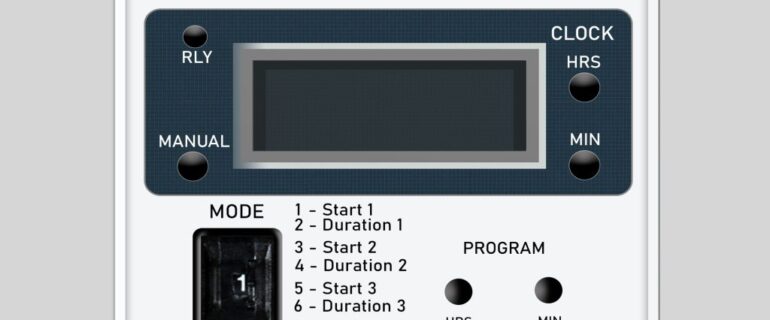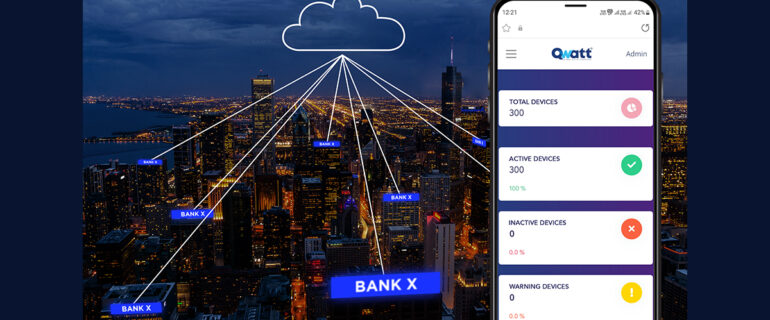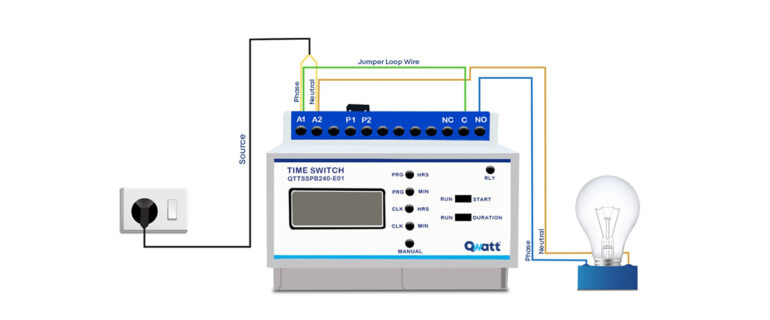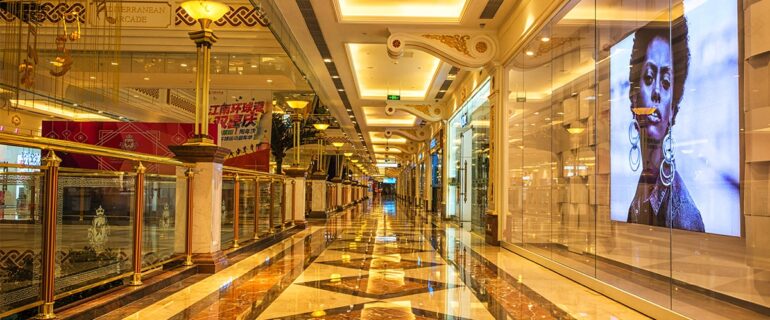- Your cart is empty Browse Shop
Why digital time switches are preferred over analogue time switch?
A time switch is a device used to control the operation of electrical or electronic systems, such as lighting, heating, ventilation, or other appliances, based on specific time schedules. It enables the automatic activation or deactivation of these systems at predetermined times, contributing to energy efficiency, convenience, and effective management…







